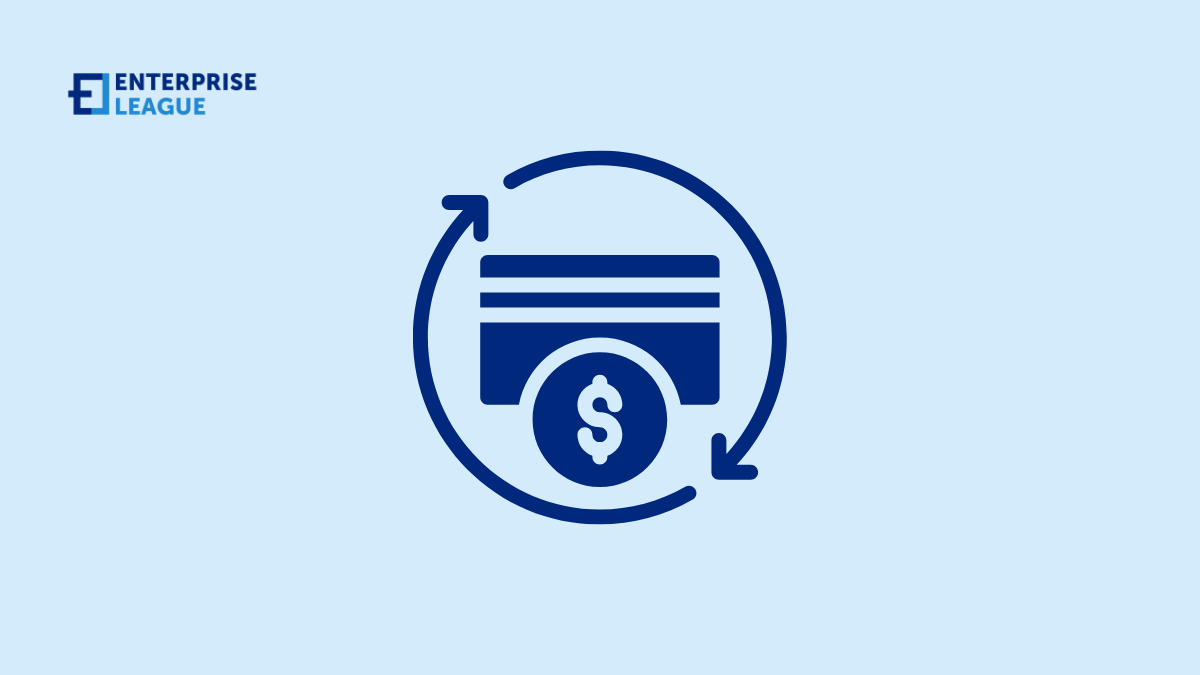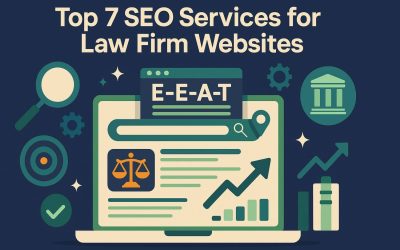Subscription business models have changed how companies deliver value and maintain relationships with customers. Unlike one-time purchases, this approach creates ongoing connections that benefit both businesses and consumers. With a market size predicted to reach USD 46.05 billion by 2034, it has become clear that this business framework definitely dominates growth across multiple sectors.
Just look at the subscription box phenomenon that’s taken off in recent years, where customers receive curated products delivered regularly to their doorstep. Now, one common question is why this model thrives so much, well it’s because it aligns company success directly with customer satisfaction, creating natural incentives for quality service.
How subscription business models work
Think of a subscription like a magazine you pay for every month. Instead of buying one issue at a time, you pay a regular fee and magazines show up at your door. Subscription businesses work the same way, customers pay a small amount regularly instead of one big payment upfront.
For example, instead of buying a DVD, people pay Netflix monthly to watch movies. Or instead of buying software once, companies pay every month to use tools like Microsoft Office online. This regular payment setup creates a steady flow of money for the business. Running all these regular payments by hand would be impossible with lots of customers. That’s why using automation tools for your business is so important. Special computer programs handle all the boring stuff like sending bills, collecting payments, and even sending reminders when someone’s credit card is about to expire.
Core principles of subscription business models
At its heart, a subscription business is all about keeping customers happy for a long time, not just making one sale. Imagine if your favorite coffee shop charged you $20 every month but let you get coffee whenever you wanted. Both you and the coffee shop would care more about your long-term happiness. For subscription businesses to succeed, they need to follow a few simple rules. First, they must constantly deliver something valuable, if customers don’t feel they’re getting their money’s worth each month, they’ll cancel. Second, companies need to find pricing strategies that work for subscription models. This might mean offering different levels (like basic, premium, and ultimate plans) or charging based on how much someone uses the service. Good pricing feels fair to customers but still allows the business to make enough money.
Third, successful subscription businesses listen carefully to what customers say and watch how they use the product. This helps them make improvements that matter. They also create features that become more valuable over time, like how Netflix learns what shows you like and recommends better choices the longer you use it. Finally, they’re always open and honest about billing. Nobody likes surprise charges! Instead of focusing on single purchase amounts like traditional stores, subscription businesses track monthly recurring revenue, how long customers stay, and how much it costs to get new subscribers.
Building the right subscription business
Creating a successful subscription business requires focusing on long-term customer relationships instead of one-time sales. The foundation must support ongoing value delivery while maintaining sustainable growth. Understanding your target customer’s recurring needs is essential before launching any subscription service. Key elements for building a strong subscription business include:
- Clear value proposition that justifies regular payments
- Frictionless onboarding process
- Scalable technology infrastructure
- Customer retention tactics for startups that prevent cancellations
- Pricing tiers that accommodate different customer segments
The most successful subscription companies obsess over customer experience at every touchpoint, from sign-up through renewal. They measure success through metrics like customer lifetime value and churn rate rather than individual transaction amounts. Product development prioritizes features that increase engagement and demonstrate ongoing value, making the service increasingly difficult to cancel as customers become more invested in using it.
Subscription business model vs Traditional business model
Subscription businesses operate fundamentally differently from traditional transaction-based companies. While traditional businesses focus on making individual sales and maximizing one-time purchase values, subscription models prioritize long-term customer relationships and recurring revenue streams. The differences between these business models include:
- Revenue recognition (upfront vs. spread over time)
- Customer relationship duration (brief vs. ongoing)
- Value delivery (single moment vs. continuous)
- Business metrics (sales volume vs. retention rates)
- SaaS startup success tips often emphasize retention over acquisition
- Investment priorities (inventory vs. customer experience)
Traditional businesses typically invest heavily in inventory, distribution channels, and one-time marketing campaigns. In contrast, subscription companies allocate resources toward customer success, platform development, and relationship-building activities. The economic profile shifts from high-margin individual transactions to lower-margin recurring payments that accumulate significant lifetime value.
Conclusion
While getting started might seem challenging at first, the journey of building a subscription business can be incredibly rewarding both financially and personally. You’ll develop closer connections with your customers, gain valuable insights into their needs, and create something that delivers ongoing value to their lives. Whether you’re just starting out or looking to transform your current business, the subscription business model offers an opportunity for sustainable growth that’s worth exploring.
More must-read stories from Enterprise League:
- Proven and tested psychological tactics for successful marketing.
- Foretelling: transform your business by predicting future trends.
- Profitable online education business ideas that you should be aware of.
- Getting your product in stores doesn’t have to be complicated.
- Innovative small business growth tips that will take you to the next level.
Related Articles
The 9 Best Payment Processing Services for SaaS
Running a software business means handling money from customers who expect things to work smoothly. They sign up, enter their card details, and assume the rest happens without a hitch. On your end, though, payment processing is a whole different story. You need...
Building a U.S. Real Estate Portfolio: Why Beverly Hills Should Be Your First Step
The United States has long been a magnet for real estate investors seeking stable returns and prestige. Among its many luxury markets, one name consistently stands out: Beverly Hills. Known worldwide for its glamour and exclusivity, it represents more than just a...
Top 7 SEO Services for Law Firm Websites
In the legal sector, digital visibility is the primary determinant of case volume. For attorneys, implementing a specialized SEO service for Law Firm website is a fundamental requirement for operational stability. Generalist marketing strategies frequently fail in...
The 9 Best Payment Processing Services for SaaS
Running a software business means handling money from customers who expect things to work smoothly. They sign up, enter their card details, and assume the rest happens without a hitch. On your end, though, payment processing is a whole different story. You need...
Building a U.S. Real Estate Portfolio: Why Beverly Hills Should Be Your First Step
The United States has long been a magnet for real estate investors seeking stable returns and prestige. Among its many luxury markets, one name consistently stands out: Beverly Hills. Known worldwide for its glamour and exclusivity, it represents more than just a...






